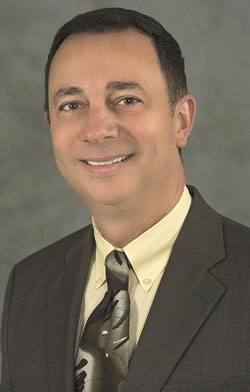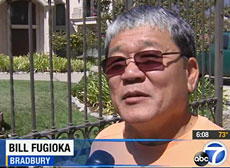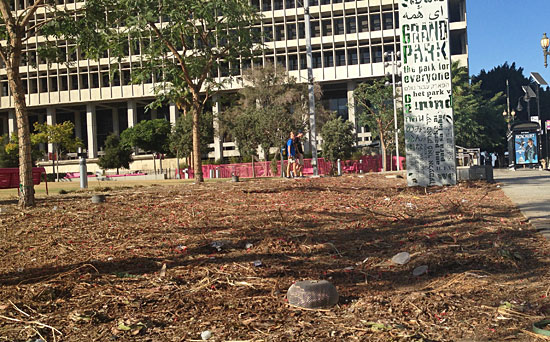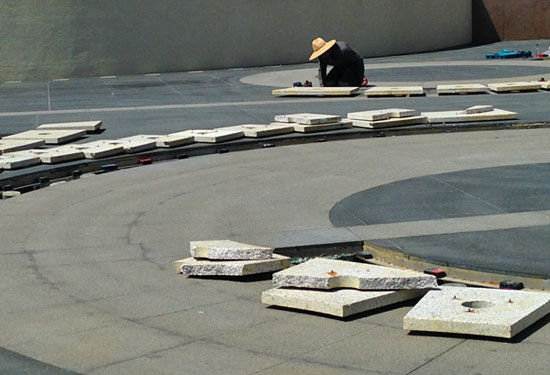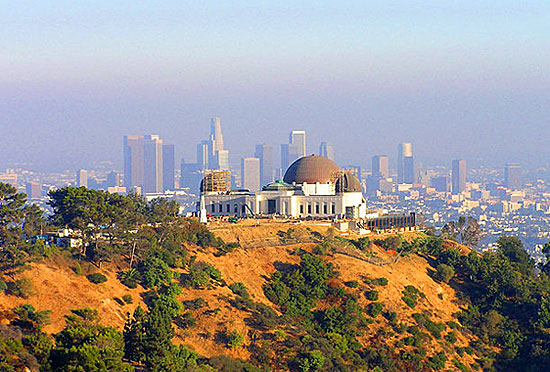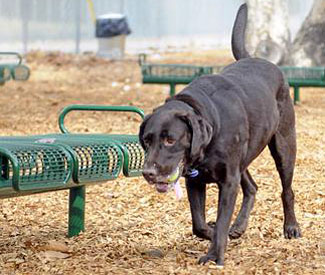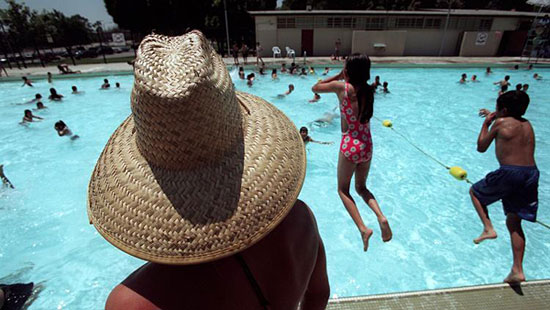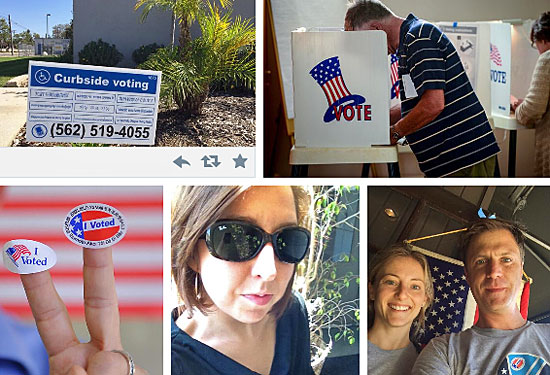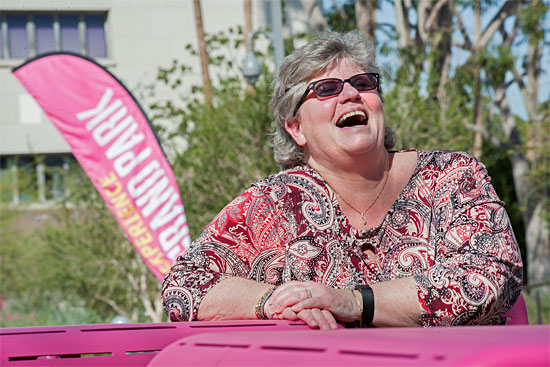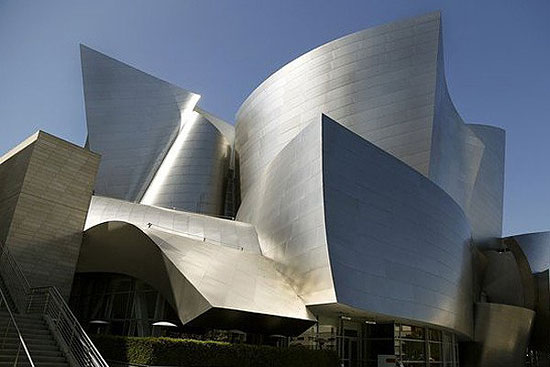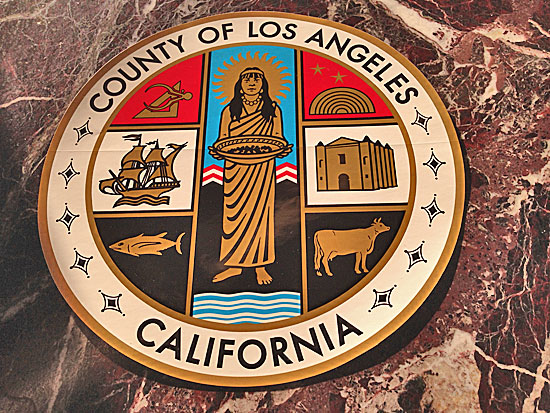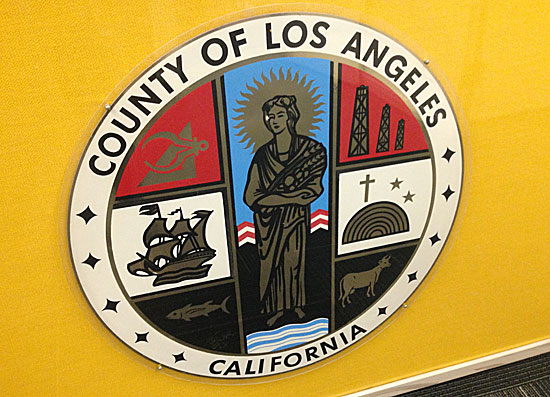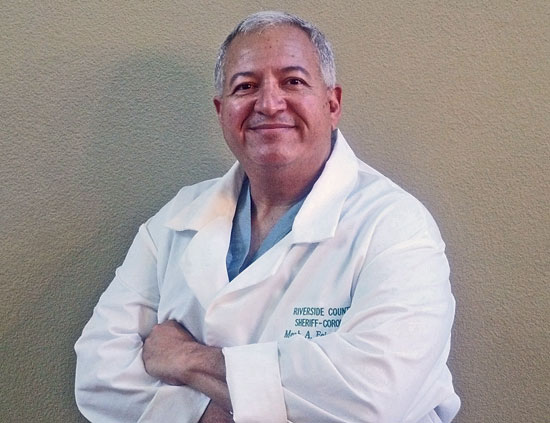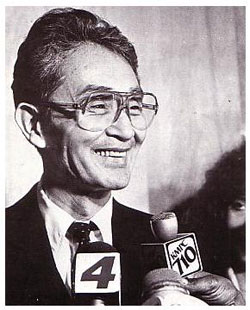Democracy gets a facelift
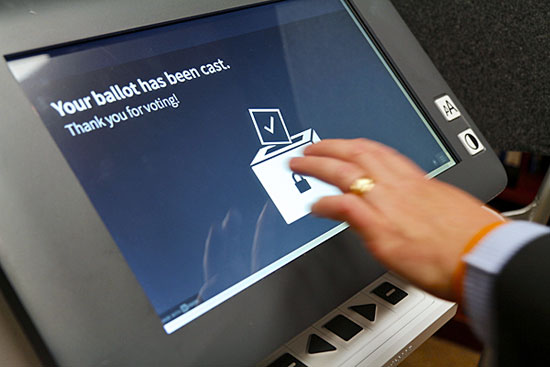
The county’s proposed touch-screen voting machine would print out paper ballots with voter choices.
Envisioning a future that would make the founding fathers proud, Los Angeles County is investing $13.6 million to revolutionize its voting system and possibly set the standard for the rest of the country, too.
After decades of putting up with the clunky InkaVote and its even clunkier predecessors — Votomatic punch cards, anyone? — the Board of Supervisors voted Tuesday to develop a prototype with a touch screen and other high-tech innovations designed to serve the different needs of the county’s nearly 5 million registered voters.
Barring any serious glitches, the new “ballot marking machine” will be field tested in 2017 and mass produced in 2018, in time for the gubernatorial election.
“If this works well in L.A. County, it could be a game changer for the nation,” said Pamela Smith, president of Verified Voting, a nonpartisan organization that advocates election accuracy, transparency and verifiability.
Registrar-Recorder/County Clerk Dean Logan said the machine’s engineering specifications, intellectual property and functional prototypes would be nonproprietary and remain in the public domain.
“From the beginning, we’ve adopted the principle of doing this in a very transparent manner so other jurisdictions can take advantage of the data,” he said.
The project’s first priority is to upgrade the county’s voting system but Logan added, “If we can do that in a way that is transferrable to other jurisdictions, that can advance voting systems across the country, it would be icing on the cake.”
It may not have a catchy name, but the proposed new voting system is state-of-the-art, sophisticated and intuitive.
The touch screen can be customized to display foreign languages, larger fonts and high-contrast backgrounds. Voters can also select candidates by pressing buttons on an attached handheld device.
Other advanced features include the ability to process voice command and to “read” interactive sample ballots on smartphones. Voters would simply hold their smartphones over the scanner, and the names of their pre-selected candidates would appear on the touch screen to be printed on the official ballot.
The machine also would allow ballots to be cast in conveniently located “voting centers” over an extended period of time, instead of in a specific polling place and only on Election Day. It would print the names of the candidates on the ballot, so poll workers would not have to interpret marks like on the InkaVote.
“This is a critical needs project because the environment and demands under which the county administers elections have become increasingly complex, challenged by a growing and diverse electorate, an aging voting system, and a fluid regulatory environment that has limited the development of voting systems,” Logan said.
InkaVote has been in use only since 2003 but its vote-counting system was based on a program developed in 1968—that’s 46 years ago, when the Vietnam War was still raging, Lyndon Johnson was in the White House and the original Star Trek was on the television.
“It has become increasingly difficult for the registrar/recorder to source replacement hardware, as well as for staff to support its outdated technology,” said a recent analysis by county Chief Information Officer Richard Sanchez. “(And) the lack of system flexibility places the county at risk of noncompliance of election requirements.”
The county launched the Voting Systems Assessment Project in 2009 and began consulting with technology, security and elections experts, as well as different kinds of voters to determine what upgrades were necessary.
When none of the existing off-the-shelf voting systems were found capable of meeting the county’s complex needs, the prominent design and innovation consultancy firm IDEO was recruited to develop a prototype.
The firm’s name may not be familiar to most but its work certainly is. IDEO helped design Apple’s first computer mouse, Crest’s standup toothpaste tube, and TiVo’s thumbs up and thumbs down buttons.
IDEO Director Blaise Bertrand said he hopes the “human centered design” of the new voting system will boost turnout at the polls.
“We tried to improve the voter experience by understanding the voters’ needs and providing a solid technology platform,” he said. “We hope it will make people more engaged.”
Still, not everyone was impressed by the changes. David Holtzman, founder of Los Angeles Voters for Instant Runoff Elections, sought to delay the project. “There’s no pressing need now for a new system,” he told the board, “unless you want to provide for improved election methods like using ranked choice voting to have instant runoff elections.”
Ranked choice voting would allow voters in a primary election to identify their favorite candidates in order of preference, which would eliminate the need for a runoff election.
Given the rapid pace of technological advances, there are worries the new voting machines would be rendered obsolete when, say, online voting becomes a reality. Logan, however, believes that may be years or even decades away
“In order to have a truly online or paperless voting system, you have to get over the barrier of the secret ballot,” he explained.
“When you bank online, for example, and somebody hacks into the system, it can be corrected because you and the bank both know what should be in the account,” he added. “With voting, it doesn’t work that way. Once you put that ballot into the ballot box, we’re not supposed to know your identity, so tracking mistakes would be difficult.”
Smith said the importance of having secured voting systems cannot be overstated.
“It’s participation in our democracy, the peaceful transfer of power,” she said. “To have an obscure, opaque voting system that nobody understands just doesn’t make sense.”
“Voting systems need features that would provide us with justifiable confidence that election outcomes are correct,” she added. “It’s not enough for those running the elections to say, ‘Just trust us, it’s working.’ ”
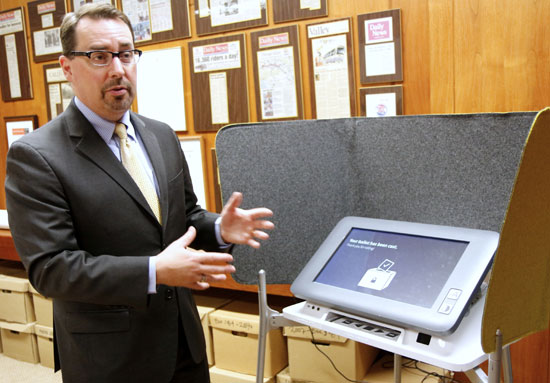
Registrar-Recorder Dean Logan says the new system will help the county deal with an increasingly complex electorate.
Posted 10/23/14

